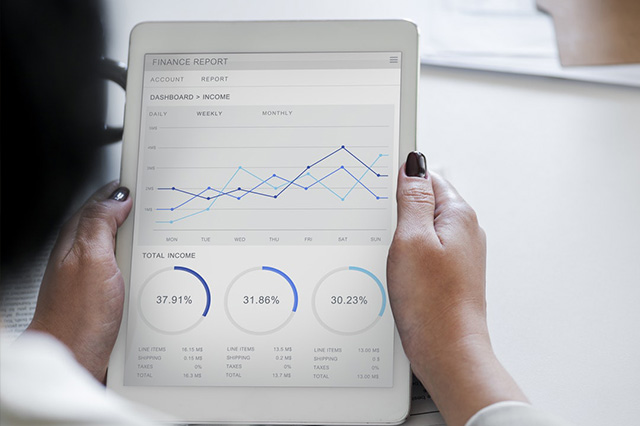The United States has seen a significant upswing in energy consumption over the past few decades. With technological advancements infiltrating every facet of our lives, our reliance on electricity has grown substantially. However, this increased dependence comes with an inevitable spike in energy bills, making energy efficiency a vital concern for homeowners and businesses alike. Enter energy monitoring systems —a game-changing solution that can substantially reduce monthly bills.
Understanding Energy Monitoring Equipment
At its core, energy monitoring equipment provides users with a comprehensive insight into their energy consumption habits. These devices gauge how much electricity different appliances or areas of a building use, delivering real-time data that can be crucial for identifying energy wastage. By presenting energy usage in tangible figures, homeowners and businesses can pinpoint exactly where their energy dollars are going.
Why Invest in Energy Monitoring?
Spot Energy Drains: Many households and businesses have devices or systems that consume power unnecessarily, even when they aren’t in active use. These ‘energy vampires’, such as idle electronics or outdated HVAC systems, can be responsible for a significant portion of a utility bill. Monitoring systems help identify these culprits, allowing users to take corrective action.
Optimize Energy Usage: With detailed insights, it’s easier to schedule the usage of high-consuming devices during off-peak hours, when electricity might be cheaper. This can lead to considerable savings, especially for businesses that have the flexibility to shift some operations to different hours.
Boost Equipment Efficiency: Continuous energy monitoring can also help in identifying appliances or machinery that might not be working at their peak efficiency. This can often be a precursor to a malfunction or breakdown, enabling preemptive repairs or replacements, ensuring minimal downtime and reduced long-term costs.
The Tangible Benefits
According to the U.S. Department of Energy, homes can save anywhere between 5% to 15% on their energy bills simply by being aware of their consumption patterns and making intentional adjustments. This might not seem like a monumental amount at first glance, but over time, the savings can add up to a significant sum. For businesses, especially those operating large machinery or in energy-intensive sectors, the savings could be even more substantial.
Moreover, some modern energy monitoring equipment comes with user-friendly interfaces, smartphone integration, and cloud storage options, making it easier than ever to track and manage energy consumption on-the-go. These advanced features allow for more nuanced insights, such as usage patterns throughout the day or the impact of external factors like weather on energy consumption.
A Step Towards the Future
The growing trend of smart homes and businesses is integrating energy monitoring systems as an integral component. In a world that’s rapidly advancing towards the Internet of Things (IoT), energy monitors can easily communicate with other smart devices. For instance, your energy monitor can communicate with your HVAC system to optimize its usage during certain hours of the day or adjust the thermostat based on the occupancy of a room.
Finally, energy monitoring systems have revolutionized the way we approach our energy bills. By providing invaluable insights into our consumption patterns, these devices empower users to take control of their energy expenditure. Whether it’s a homeowner looking to trim down monthly expenses or a business aiming to streamline its operations, energy monitoring offers a practical and efficient solution. As we strive towards a sustainable future, tools like these will be instrumental in shaping our energy habits and ensuring that we use our resources wisely.




